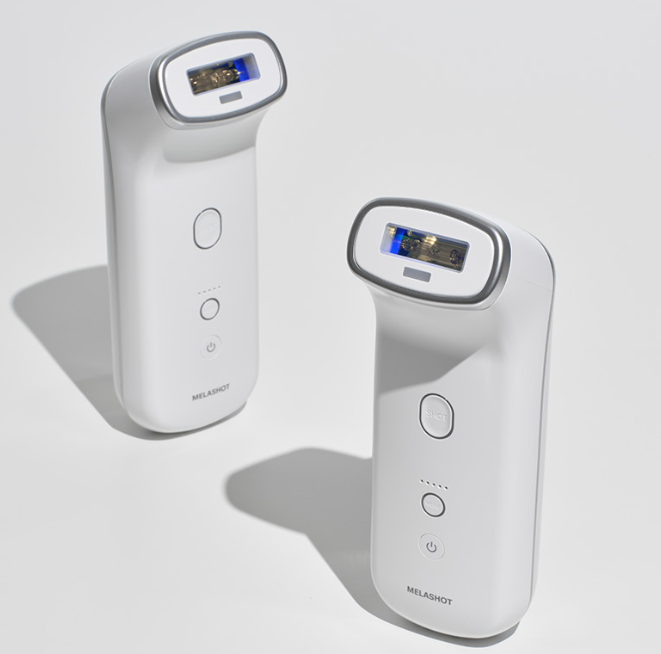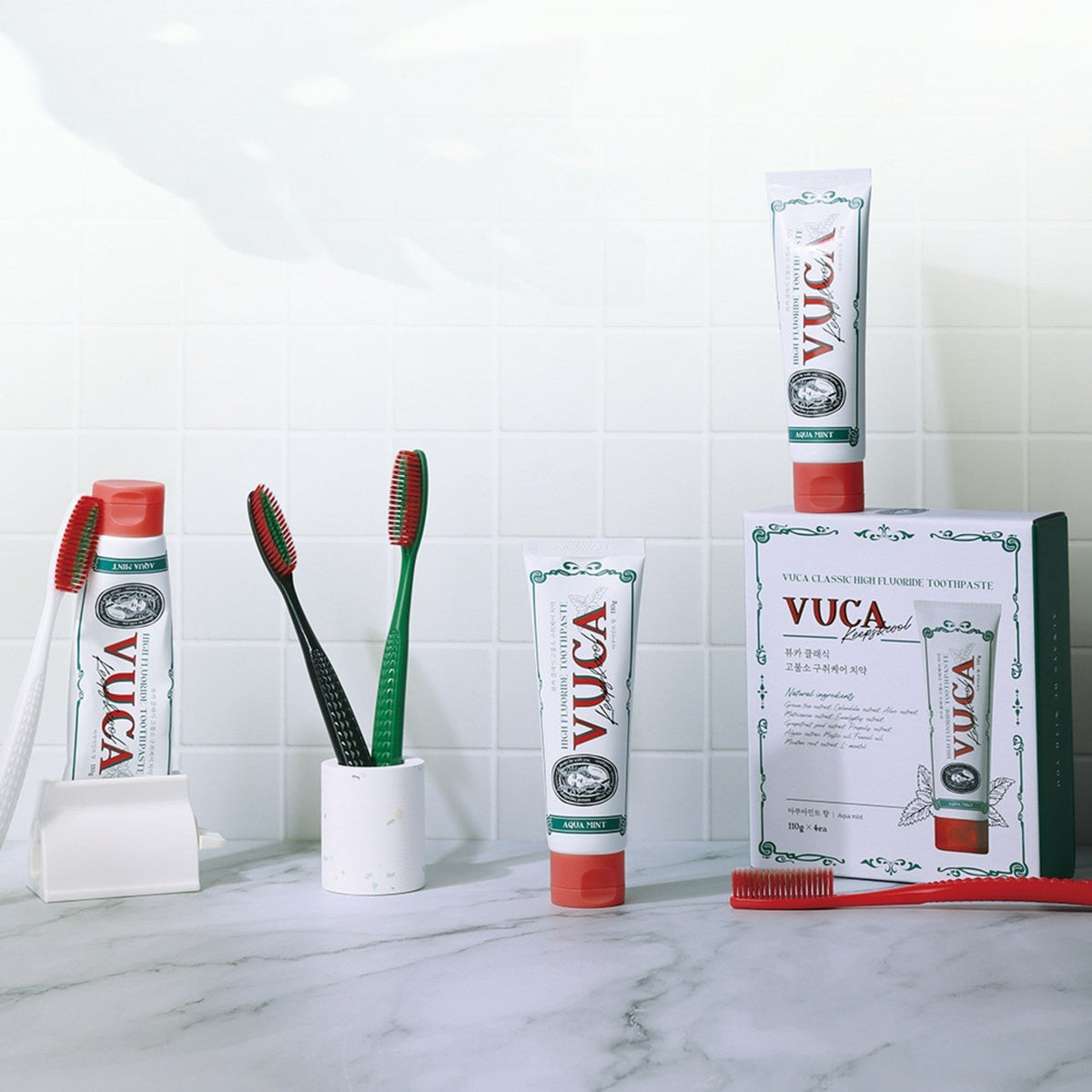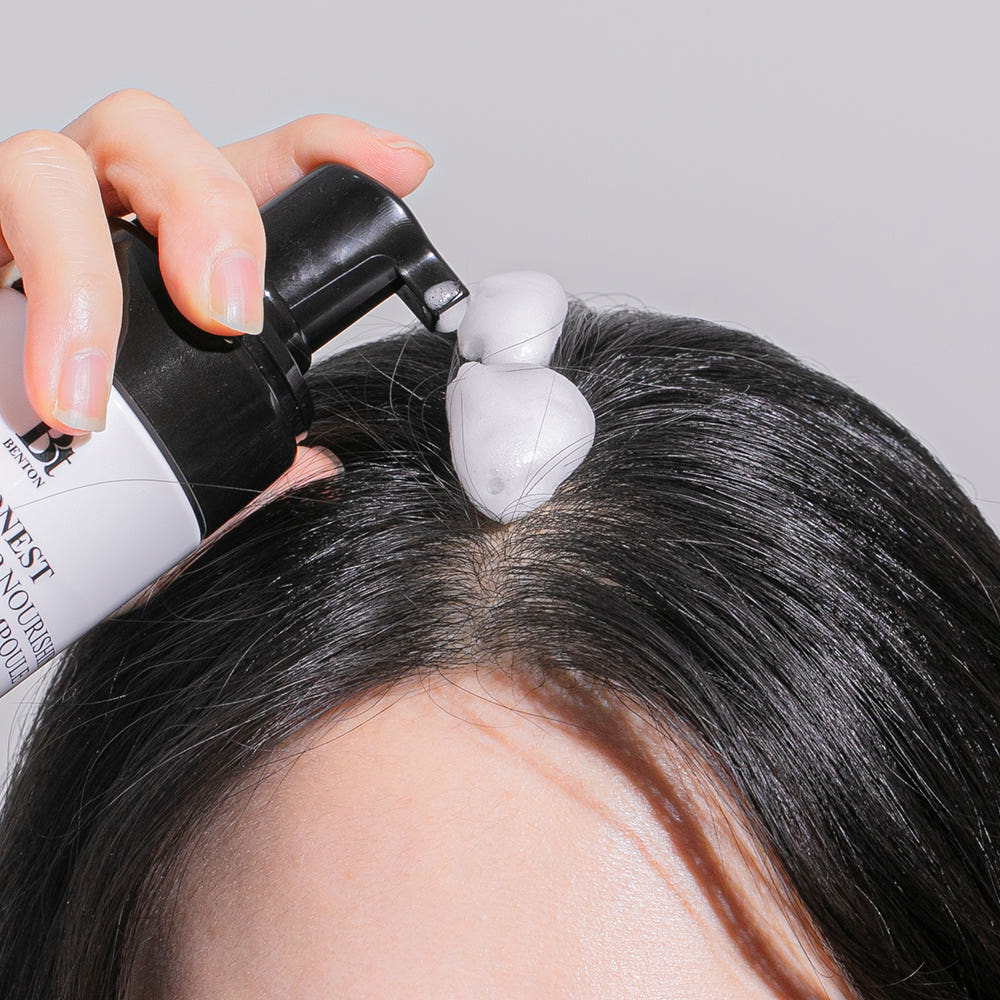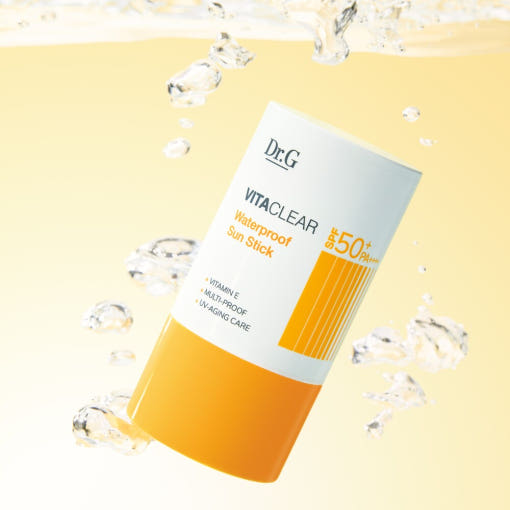Introduction: Why Korean Beauty Took the World by Storm
Not long ago, the global skincare shelves were dominated by Western brands promising instant miracles. But quietly, across the Pacific, another tradition of beauty was flourishing—one that valued consistency, nourishment, and prevention over quick fixes. That tradition is now known worldwide as K-beauty, or Korean beauty.
Today, Korean skincare is not just a trend; it is a cultural and scientific revolution. From sheet masks to essences and from snail mucin serums to cica creams, K-beauty has reshaped how people think about caring for their skin.
In this guide, we’ll go beyond the hype. We’ll explore the philosophy, the routines, the ingredients, and the brands that have made Korean beauty products some of the most trusted in the USA and beyond. By the end, you’ll understand why choosing authentic Korean cosmetics can transform not only your skin but also your approach to self-care.
Chapter 1: The Philosophy of K-Beauty
At its heart, Korean skincare is not about hiding flaws but about nurturing healthy skin from the inside out. Koreans often say that “makeup is optional when skin is glowing.” This philosophy is deeply embedded in everyday life, and it’s what makes K-beauty unique.
Prevention, Not Quick Fixes
Unlike some Western routines that focus on covering imperfections, K-beauty emphasizes prevention. Products are designed to strengthen the skin barrier, maintain hydration, and address concerns early.
Gentle Care
Harsh scrubs or aggressive treatments are rare in Korean routines. Instead, you’ll find mild cleansers, soothing toners, hydrating essences, and lightweight serums that work in harmony rather than conflict.
Ritual and Consistency
For many, the 10-step Korean skincare routine is a daily ritual—time to connect with oneself. The process is not about excess but about mindfulness and layering products that each serve a purpose.
Chapter 2: The 10-Step Routine Demystified
The famous 10-step Korean skincare routine is less about strict numbers and more about creating a personalized, layered approach. Let’s break it down:
-
Oil Cleanser – Melts away sunscreen and makeup.
-
Water-Based Cleanser – Removes sweat and impurities.
-
Exfoliator – Used 1–2 times a week for smooth texture.
-
Toner – Restores pH balance and preps the skin.
-
Essence – The heart of K-beauty, deeply hydrating.
-
Serum/Ampoule – Targets specific issues like acne, pigmentation, or fine lines.
-
Sheet Mask – Delivers concentrated hydration.
-
Eye Cream – Protects the delicate under-eye area.
-
Moisturizer – Locks in hydration and nourishment.
-
Sunscreen – The ultimate anti-aging product.
👉 While 10 steps may sound overwhelming, most people adjust it to 5–7 steps daily. The philosophy is simple: listen to your skin.
Chapter 3: The Power of Ingredients
K-beauty’s global success is powered by innovative ingredients. Many of these were unknown in Western skincare until Korean brands made them famous.
-
Cica (Centella Asiatica) → Calms irritation and strengthens the skin barrier.
-
Snail Mucin → Repairs skin, boosts hydration, and fades scars.
-
Hyaluronic Acid → Provides intense hydration without heaviness.
-
Ginseng → Energizes skin, improves elasticity, and reduces signs of aging.
-
Propolis → A bee-derived ingredient that soothes and nourishes.
-
Rice Extract → Brightens skin and evens tone.
These ingredients are chosen not just for trendiness but for generations of proven benefits.
Chapter 4: K-Beauty vs. Western Skincare
Western skincare often markets “instant results.” K-beauty instead focuses on long-term skin health.
-
Western = Strong actives (retinol, AHAs) → fast results, but can cause irritation.
-
K-Beauty = Layered hydration, barrier support → slower, but sustainable glow.
This is why so many in the USA and Europe are switching to K-beauty: it feels kinder, gentler, and more sustainable.
Chapter 5: Top Korean Beauty Brands Loved in the USA
Here are the brands Americans trust most:
-
Innisfree – Eco-friendly, natural ingredients from Jeju Island.
-
Laneige – Famous for its Lip Sleeping Mask and Water Sleeping Mask.
-
COSRX – Affordable, effective treatments (Snail Mucin Essence = cult classic).
-
Etude House – Fun, youthful, and playful skincare/makeup.
-
Missha – Known for affordable dupes of luxury formulas.
-
Sulwhasoo – Luxury brand rooted in herbal traditions.
-
Dr. Jart+ – Iconic for its Cicapair™ Tiger Grass line.
These brands dominate Google Shopping and Amazon USA, proving their mainstream appeal.
Chapter 6: Choosing the Right Products for Your Skin Type
Every skin type can benefit from K-beauty, but choosing correctly matters:
-
Dry Skin → Look for snail mucin, ceramides, and Laneige moisturizers.
-
Oily Skin → COSRX exfoliating toners, lightweight gel creams.
-
Sensitive Skin → Cica-based products (Dr. Jart+, Innisfree).
-
Aging Skin → Sulwhasoo ginseng serums, Missha Time Revolution essence.
By matching your routine to your skin type, K-beauty becomes even more powerful.
Chapter 7: How K-Beauty Builds Confidence and Culture
K-beauty is more than products—it’s a cultural wave. In South Korea, skincare is seen as self-respect. The global adoption of these rituals has also created a movement of self-love and confidence.
In the USA, people are not only buying K-beauty for results but also for the experience—the joy of sheet masking, the calming ritual of essences, the playful packaging.
Conclusion: The Future of Korean Skincare
K-beauty is not slowing down. As innovations continue—fermented ingredients, microbiome care, and hybrid skincare-makeup products—the world will keep looking to Korea for beauty inspiration.
For those in the USA searching for authentic Korean skincare online, platforms like K-Beautyn.com make it easy to shop trusted brands directly.
Because ultimately, K-beauty is not just about better skin—it’s about a better relationship with yourself.






0 comments